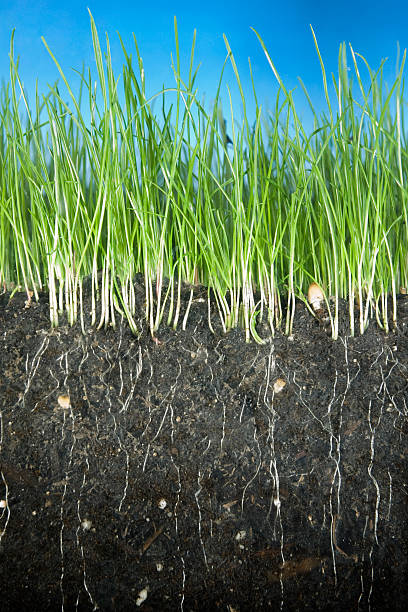Bats might seem a bit spooky at first, but they are some of the best friends your garden can have.
Often misunderstood due to myths and movies, these gentle, shy creatures play a crucial role in maintaining a healthy garden ecosystem.
By attracting bats to your garden, you’ll benefit from natural pest control and enhanced pollination, helping your garden to thrive.
| Scientific Name | Chiroptera |
| Common Name | Bat |
| Size | Varies widely, wingspan ranges from 5.7 inches to 5.7 feet |
| Diet | Insects, fruit, nectar, small animals, blood (vampire bats) |
| Reproduction | Give birth to one or two offspring per year |
| Echolocation | Use of sound waves to navigate and hunt |
| Nocturnal | Activity during the night |
| Habitat | Caves, trees, urban areas, forests, deserts |
| Lifespan | 5-30 years |
| Native Regions | Found on all continents except Antarctica |
Why Should We Attract Bats to Our Garden?
Pollination and Seed Dispersal

When bats feed on nectar, their furry bodies pick up pollen from flowers, which they then transfer to other plants as they move around.
Similarly, fruit-eating bats consume seeds and later disperse them through their droppings, often far from the original plant.
This natural process not only aids in plant diversity but also helps gardens flourish in ways we might not even notice.
Natural Pest Control

Bats can eat thousands of insects in just one night, including mosquitoes, beetles, and other bugs that might otherwise wreak havoc on your garden.
Instead of using chemical pesticides, which can harm the environment and other beneficial insects, attracting bats provides a natural, eco-friendly solution.
Soil Improvement of Bat Guano

Bat guano typically contains about 10% nitrogen, which is crucial for leafy growth; 3% phosphorus, which supports strong root development and flowering.
It also contains 1% potassium, which helps with overall plant health and disease resistance.
When you mix bat guano into your soil, you’re giving your plants a nutrient-rich boost that can lead to faster growth, healthier plants, and more bountiful blooms.
Plus, bat guano improves soil structure, enhancing its ability to retain moisture while also promoting beneficial microbial activity.
Fungal and Bacterial Balance of Bat Guano

Bat guano has the perfect balance of fungi and bacteria, which work together to create rich, healthy soil.
The fungi in bat guano help break down organic matter, making nutrients more accessible to plants.
Meanwhile, the beneficial bacteria help with nutrient absorption and protect plants from harmful pathogens.
How to Attract Bats to Our Garden
Install Bat Houses

These little shelters are like cozy apartments for bats. You can buy them or even build one yourself if you’re feeling crafty.
The key is to place them in a sunny spot, about 12 to 18 feet off the ground. Bats love warmth, so make sure the house gets plenty of sunlight.
And don’t forget to secure it well to keep predators away. Trust me, once bats find this perfect roosting spot, they’ll keep coming back.
Create a Water Source

Bats need water just like we do. They swoop down and drink while flying, so a birdbath won’t cut it.
Instead, think bigger – a pond, a trough, or even a pool works great. If space is an issue, a fountain can also do the trick.
Just make sure there’s a clear path for them to swoop in and grab a drink. It’s like setting up a mini bar for your flying friends!
Plant Night-Blooming Flowers

You can consider planting some night-blooming flowers. These flowers release their scent at night, attracting both bats and the insects they love to eat.
Think of flowers like moonflower, yucca, and evening primrose. Not only will your garden smell amazing, but you’ll also have a natural insect control system in place.
Avoid Pesticides

If you’re trying to attract bats, ditch the pesticides. These chemicals can harm the insects bats feed on, and nobody wants a garden full of toxic bugs.
Instead, let the bats handle pest control. They can eat thousands of insects in a single night, making them your garden’s best friend.
Provide Natural Habitat

Bats love dark, secluded spots to hang out during the day.
If you have old trees with loose bark or even a dense cluster of shrubs, you’re in luck. These natural habitats are perfect for bats.
If not, consider adding some. The more natural hiding spots you provide, the more likely bats will make your garden their home.







